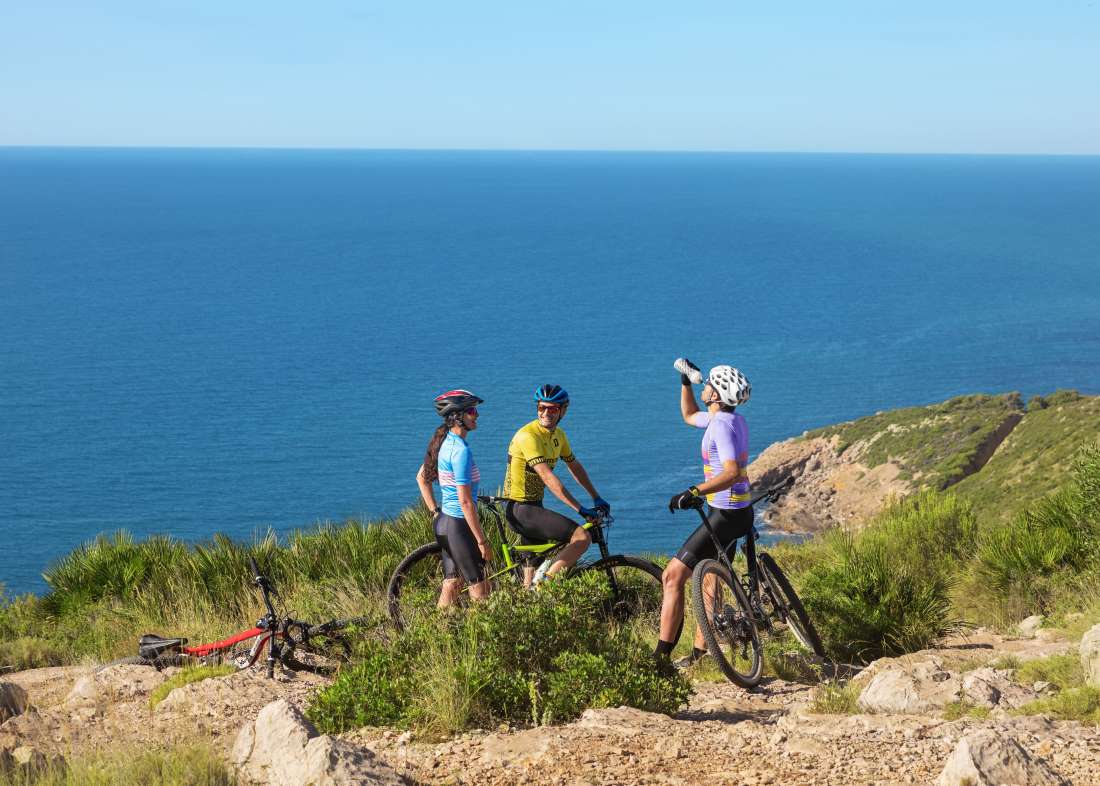Umbria is a land to be discovered slowly, with the pace of a curious and attentive bicycle traveler. That’s one of the reasons why, in recent years, it has become one of the top European destinations for cycle tourism, especially among German travelers, increasingly drawn to its irresistible mix of nature, art, food and wine, and authenticity.
Among hills dotted with olive trees, medieval villages, and converted railway tracks, cycling in Umbria is not just a sporting activity, but a cultural and sensory experience. The region has strongly invested in soft mobility and the enhancement of its territory through safe, scenic, and well-connected cycle routes.
Three routes, in particular, reveal the soul of Umbria, each with its own identity: the lakeside charm of Trasimeno, the adventure in nature along the Spoleto-Norcia, and the spiritual echo of the Spoleto-Assisi.
Lake Trasimeno: cycling between water and sky

Surrounded by gentle hills and picturesque villages such as Castiglione del Lago and Passignano, Lake Trasimeno offers one of the most scenic routes for cyclists. The Trasimeno Cycle Route runs mostly on protected paths and allows riders to circle the lake, passing panoramic viewpoints, beaches, and nature reserves like “La Valle.”
Certified mountain bike guide Silvia Rey offers guided tours for all skill levels, including sunset rides, food and wine stops, and visits to charming historic towns.
This is an ideal route for families, groups, and cycle tourists seeking a relaxed experience, immersed in a landscape of water and light that changes color with the seasons.
Spoleto-Norcia: the railway reborn on two wheels

The Spoleto-Norcia is considered one of Italy’s most captivating cycle routes. It winds for about 50 km along the track of a former railway, set in wild nature, with tunnels carved into the rock and spectacular viaducts suspended over quiet valleys.
The route, suitable for cyclists with a minimum level of fitness, offers surprising views and a sense of adventure reminiscent of old railway explorations. It also hosts internationally loved cycling events.
German journalist Torsten Schäfer recounted his experience on this route in an award-winning report, highlighting the cultural and scenic value of a cycle path that revives the memory of the land in a green and sustainable way.
Spoleto-Assisi: between spirituality and rural landscapes

This is the most accessible of the three routes, with a flat and continuous path that crosses the agricultural heart of Umbria, linking two iconic cities of Italian spirituality: Spoleto and Assisi.
Along the way, cyclists encounter villages such as Montefalco, Cannara, and Bevagna, Sagrantino vineyards, and sunflower fields, in a landscape that looks hand-painted.
According to a study by DinaClub, in recent years the number of cycle tourists visiting the Basilica of Saint Francis has significantly increased, proving that spirituality and slow travel are an increasingly sought-after combination, especially among German tourists.




